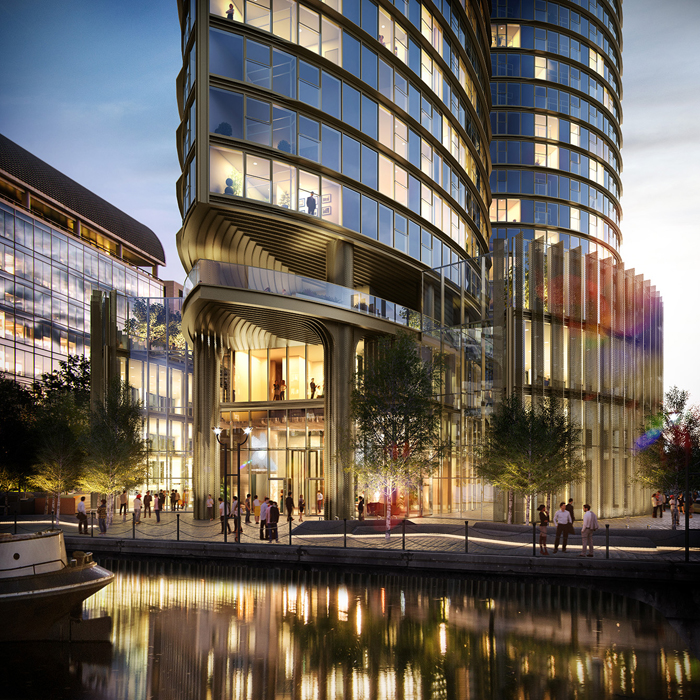The RIBA Future Trends Index gave up its new year’s gain in February, slipping back eight points but still clearly positive at +16 nationally.
The North-South divide is still apparent in confidence levels, with the balance of practices expecting work to increase over the next quarter standing at +38 in the North of England compared to +3 in the South East. London practices are still relatively cautious at +10.
Practices of all sizes reported a dip in workload expectations, but medium-sized practices saw the most dramatic decline, tumbling from +50 in January to +17 in February.
Expectations for private housing nationally increased slightly to +23, opening the gap wider with the commercial sector outlook, which slipped back to remain only just in positive territory.
Architects focussed on high-profile residential work in the capital are reporting signs of greater caution among developers and a growing interest in quality build-to-rent as a potential alternative to market sales.
Global architect HOK’s London office has around half of its work in the capital with several significant housing developments in the pipeline, including a 67-storey tower at Wood Wharf for China’s Greenland Group that is destined to be the tallest residential tower in Europe.

Vance Thompson, vice-president and senior project manager at HOK, reports that another of their projects that forms part of a major housing scheme of over one thousand units, but this time located in London’s Zone 2, has just been reconfigured for private rent instead of sales.
‘Talking to developers, build-to-rent and PRS (private rented sector) are definitely buzzwords at the moment and there are a lot of different PRS business models out there,’ says Thompson.
‘PRS is not generally seen as viable in central London Zone 1, but more and more developers are looking at emerging boroughs in Zones 3 and 4, particularly where they are touched by Crossrail.’
HOK’s reconfigured scheme will retain a similar proportion of affordable housing and a similar build cost per square metre, but the scheme is now PRS compliant and with no need for the developer to consider pre-sells it is moving ahead and will shortly be unveiled in its new build-to-rent guise.
The RIBA Future Trends staffing index increased marginally to +9 in February, adding a single point from the previous month. Practices continue to be confident overall about staffing, with only 7% expecting to employ fewer staff in three months’ time.
Medium-sized practices were again the most confident about retaining or increasing existing staff levels (balance +31), followed by large (+14) and small practices (+6).
The February survey asked participating practices about any direct impact on staffing from the Brexit decision: 5% of practices reported that they had made some staff redundant as a direct consequence of the EU referendum outcome, with large practices more likely to have done so.
Commenting on the latest survey results, RIBA Executive Director Members Adrian Dobson said: ‘Despite several years of growth in demand for architectural services, competition is intense with many practices still experiencing low fee levels. However, with a majority of practices expecting to sustain and grow staffing levels over the next quarter, the employment market for salaried architects remains healthy.’
Thanks to Vance Thompson, vice-president and senior project manager, HOK.
Text by Neal Morris, © RIBA









